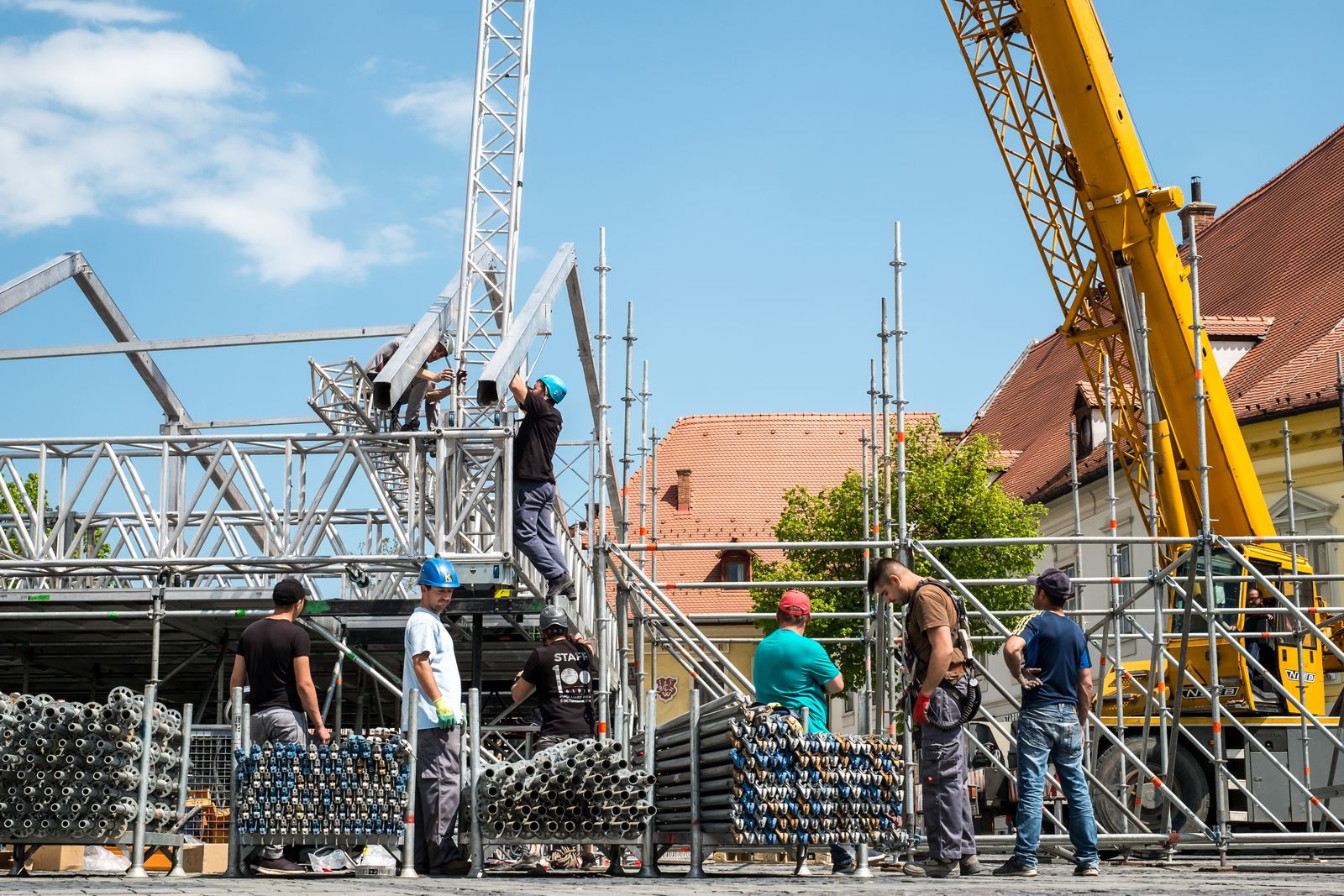The Home Building Industry Is Slowing Down as the Real Estate Market Slows - This Will Not Help Buyers!
Posted on 29-07-2022 10:13 PM

Builders of homes are feeling the pinch as costs for construction rise and potential buyers are excluded from the marketplace.
Housing starts in June, a measure of the number of homes built in the month, dropped 2percent month-over month and 6.3 percent from a year earlier as per the US Census Bureau.
Study Shows That Builder Confidence Has Plunged
In addition, a separate study released on Monday revealed that builder confidence in the month of March plunged to the lowest level in the past six months since spring 2020. Its National Association of Home Builders/Wells Fargo's Housing Market Index intended to assess the market's conditions and examines the state of the market, selling, customer traffic, and the prospects for sales in the next six months.
"Production bottlenecks and rising costs for home construction and high inflation are leading numerous builders to stop building due to the fact that the costs of construction, land and financing are higher than the value of the house," said Jerry Konter, NAHB chairman and a developer and builder of Savannah, Georgia.
The slowdown in construction is due to rising mortgage rates and the cost of homes keep buyers from buying according to Joel Berner, senior economic research analyst at Realtor.com.
Should I buy or rent an apartment?
"With the mortgage rate at the highest since 2008, many potential buyers are priced out of the housing market and builders respond to this sluggish demand by launching fewer construction projects" Berner said.
The average rate for a 30-year fixed-rate loans has increased over two per cent since January, and is now 5.5 percent.
There are fewer single-family homes being built coming on the market
The decline in construction starts was the greatest in single-family homes in which the number of construction starts fell by 15.7 percent from the year earlier.
Permits issued for construction of single-family homes as well as some multi-family homes also decreased in June, compared to May according to a seasonally adjusted basis. New building permits decreased by 0.6 percent from May, while single-family permits fell more by 8percent. Comparatively to the same time last year permits for all types are growing by 1.4 percent, however those for single-family houses are lower by 11.4 percent.
Multi-family housing continues to grow because the rents are high.
"Given that national rents have increased by at least 14% year-over-year for each month of 2022 thus far, and that the inventory of for-sale homes is up 28% from the previous year, it's not surprising that builders are now more interested in multi-family rental development," said Berner.
This slowdown in construction comes with the fact that lumber prices dropped at the end of June Berner said. However, the relief from these prices could not last very long.
"With lumber prices rising up in July , and homeowner demand being constrained due to the increasing costs of financing a home buy, chances are any progress will be made to close the gap in supply of housing anytime soon," Berner said. "In between, first-time buyers taking the time to think about their options might find other alternatives to rent, especially if multifamily housing projects continue to draw greater focus from the builders."
The affordability of housing is a concern
As a majority of builders participating in the survey by NAHB/Wells Fargo stated that they had reduced home prices over the last month in order to increase sales or reduce cancellations, there are still affordability issues for prospective buyers.
What is the maximum amount of house I can be able to afford?
"Significant sections of the homebuying populace are priced out of housing markets," claimed Robert Dietz the chief economist of NAHB. "Policymakers should address the issue of supply to assist builders in creating affordably priced housing."
When builders cease or slow down construction, it could weigh more heavily in the market for housing. Inventory of housing was limited, which is pushing prices up. A slowing down of the availability of new homes will only make things more challenging.
New homes that are put on the market are being sold within 2.4 months. The average is between 3-4 months, according to Lawrence Yun, chief economist at the National Association of Realtors.
"Homebuilders are facing supply chain interruptions, and many homes that were built several months ago are not been finished," Yun said. Yun. "Homebuilders are looking forward to seeing the way these homes sell before they begin the construction process..
Overall affordability issues could make more renters the property
"Housing supply issues will persist throughout the next few months and through the rest of the calendar year." Yun said. Yun.